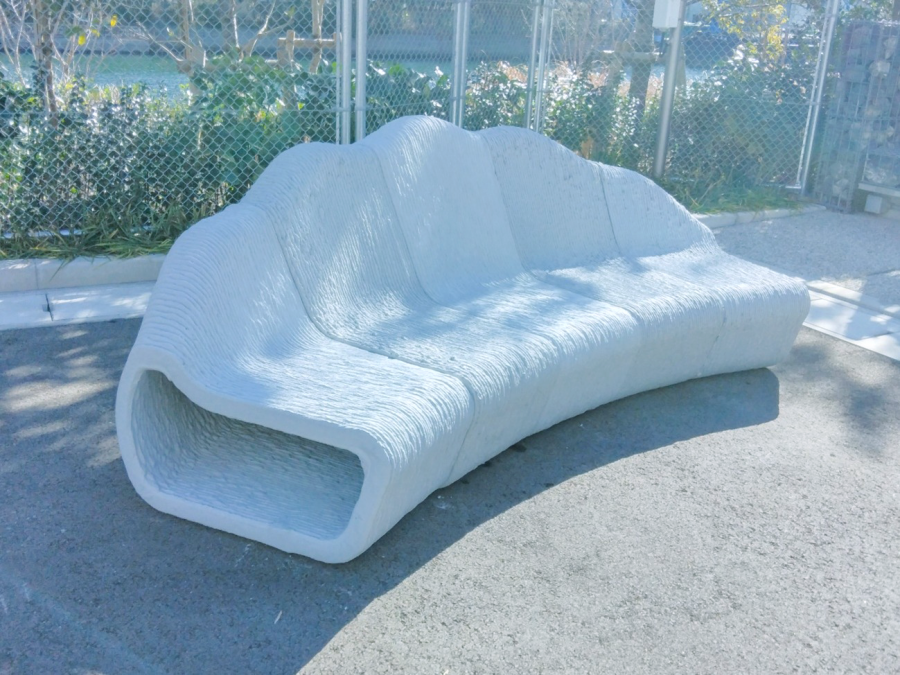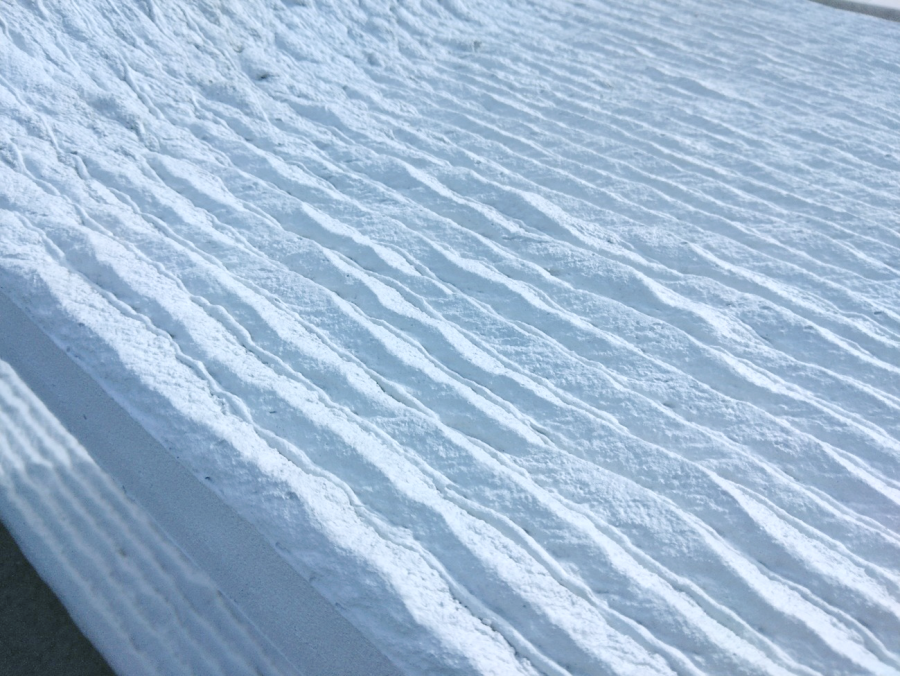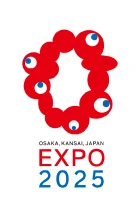
The development of the Hotabench reached its final phase in preparation for the Expo. Following extensive prototyping, the design was finalized as a five-seater bench. “We explored four or five design candidates and ultimately selected this one,” Nambara stated. “Our primary goal was to provide a comfortable space for visiting families and groups to relax together.” The backrest, reaching approximately one meter in height, features a gentle curve that reminds us of the shape of a seashell. Notably, the long bench can be separated into five individual seating units.
To showcase the unique characteristics of large-scale 3D printing, they are retaining the visible layer lines on the surface, allowing people to feel the latest technology firsthand. The seating and backrest areas will also have a smooth, tactile finish thanks to surface polishing. Ogawa said, “We plan to use an off-white color, but there are about 30 color variations depending on the type and shade of pigment, so we can also make the five seats colorful by using different color variations.”
The journey to reach the final design was not easy. They went through a lot of trial and error to figure out the right mix of crushed scallop shells. For the benches they are providing to the Expo, they are not just using shells from places like Sarufutsu Village in Hokkaido, along the Sea of Okhotsk, but also adding shells from scallops grown in the Mutsu Bay, Aomori Prefecture. Even though the calculations on paper showed it should solidify just fine, the reality was different. When they mixed it with cement and water and built it up, the weight made it collapse. “The characteristics are slightly different depending on the type of scallop and how they are farmed. We really struggled with the right proportions,” Ogawa explained. Making it work with all kinds of shells is a hurdle they need to clear up, especially to meet the expectations of the people from those production areas. You could say it is the growing pains of upcycling shells from all over the world.
Nambara reflected, “People have been trying to find ways to use scallop shells for decades, but they always got shot down because of the cost. Combining them with 3D printing technology finally cracked it.” Ogawa added with expactation, “Good-quality sand for concrete is a limited resource, and these shells could be a substitute for it.” Nambara and his team are now dreaming of placing customized benches, starting with the Hotabench, in outdoor parks all over the place, tailored to the landscape and scenery. First, they want people visiting the Expo to see, touch, and experience them, hoping to get them to think, “Wow, something interesting is happening here.” The days when shells were seen as just nuisances are almost over. We are on the verge of entering a period in which they will be used in all sorts of things around us.

Prototype of the Hotabench

The visible layer lines on the surface are the characteristics of large-scale 3D printing.
Share this article


